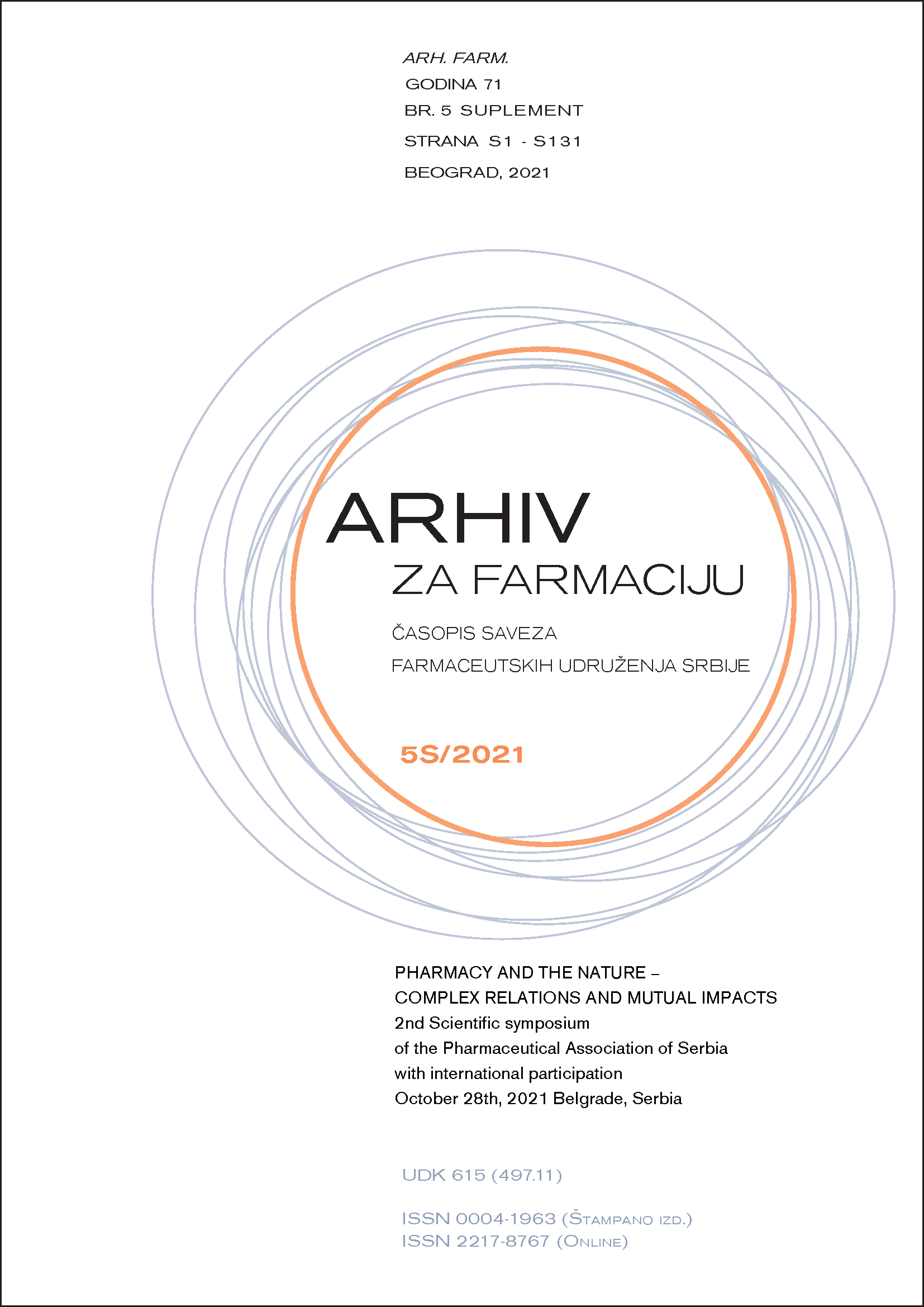INFLUENCE OF CHARGED AEROSOL DETECTOR PARAMETERS ON THE RESPONSE OF CHOSEN ANALYTES IN THE MIXED-MODE CHROMATOGRAPHY SYSTEM
Abstract
With respect to significant market presence (50%), the analysis of pharmaceuticals containing counterions is a crucial component of the drug development life cycle, quality control and lot release processes (1). Mixed-Mode Chromatography (MMC) offers the ability to simultaneously separate cationic and anionic species within a single run, streamlining the laboratory processes (2). However, the detection of typical counterions leaves analysts little room for maneuver. In recent years, the counterions are efficiently detected with the help of Charged Aerosol Detector (CAD) that generates a signal independent of the chemical structure (3). In this regard, the use of MMC-CAD hyphenated technique rationalizes the number of individual analytical activities required for analyte and counterion testing, causes no resource depletion and ultimately supports the concept of sustainability in contemporary drug analysis. In this paper, the influence of the CAD parameters on the response of diclofenac potassium and tramadol hydrochloride was studied performing systematic variations. The analyses were carried out on Acclaim™ Mixed-mode WCX-1 (2.1 x 150 nm, 3 μm) column that provides both hydrophobic reversed-phase and weak cation-exchange properties. Satisfactory separation of the active pharmaceutical ingredients and their counterions was achieved using a mixture of 90 mM acetate buffer at pH 5 (A) and acetonitrile (B). The isocratic elution (40% B) was performed at a flow rate of 0.4 mL/min. Based on preliminary experiments, the following variables were identified as significant and, thus, tested at the listed values: evaporation temperature (35ºC and 50ºC), filter constant (1 s, 5 s and 10 s) and power function value (0.8, 1.0 and 1.2). The results showed that the evaporation temperature had a positive impact on the signal-to-noise (S/N) ratios. On the other hand, the peak area and the peak height decreased significantly upon raising the temperature. This finding pointed out a strong need for fine tuning of mentioned parameter with respect to the analytes’ volatility. The increase in the value of the filter constant led to a baseline smoothing as well as peak broadening. The filter constant set at 5 s resulted in the largest S/N ratios. The power function value, which directly modified the CAD signal, exhibited an obvious negative effect toward the peak area. In light of the above, optimal CAD detection of diclofenac, tramadol, potassium and chlorine was achieved at the following settings: filter constant 5 s, power function value 0.8 and evaporation temperature 35ºC.

